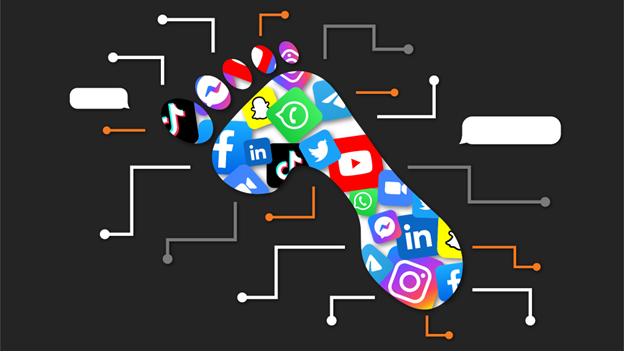In today’s hyper-connected world, the term “recentlyfollowed” doesn’t just reflect a social media update—it tells a subtle story about who we are, what we care about, and how we interact with others in digital spaces. Whether it’s a new influencer, a brand, an old friend, or a complete stranger, that simple action of following someone online reveals the evolving nature of modern relationships, interests, and even identity.
Social media platforms like Instagram, Twitter (X), TikTok, and LinkedIn offer a function that shows the most recently followed accounts by a user—often with a timestamp and a context. While seemingly trivial, this feature has become a fascinating lens through which to view both personal behavior and broader cultural trends.
The Psychology Behind Following
Why do we follow someone online? At its core, following is about interest and connection. It might signal admiration, curiosity, inspiration, or even support. But increasingly, following can also be strategic—especially for content creators, marketers, and businesses. In many cases, following someone is the digital equivalent of saying: “I want to hear what you have to say.”
However, there’s also a deeply social component to it. Studies show that online behavior often mirrors offline desires—such as the need to belong, fear of missing out (FOMO), or a search for meaning and community. The act of following someone—especially when it’s mutual—can establish a feeling of closeness or recognition, even if there’s never a real-life interaction.
This makes the “recently followed” list more than just a log. It’s a reflection of shifting attention, new fascinations, and subtle priorities.
Trends and Patterns in Recently Followed Lists
-
Trend Surfing: Many people follow trending accounts—celebrities, viral meme pages, or niche creators—especially after a post goes viral. This rapid following behavior is like riding the waves of culture in real-time.
-
Fandoms and Movements: Recently followed lists often include activists, fandom pages, or cause-driven accounts. People use their following habits to align publicly with values or movements they believe in.
-
Career Moves: On platforms like LinkedIn, recently followed activity can be a strong indicator of career goals. Someone following many recruiters or companies in a particular field may be seeking new opportunities.
-
Digital Stalking or Curiosity: Sometimes, who someone recently followed can be driven by personal curiosity. From exes to rivals to mutual friends, following patterns can be emotionally motivated—though rarely acknowledged.
-
Algorithm Influence: It’s important to note that many follows happen because of algorithmic suggestions. These systems shape our feed and recommendations, nudging us toward people we might never have discovered on our own.
Social Surveillance: When Following Gets Watched
Interestingly, many users now monitor who someone recently followed, particularly in relationships. There are even apps and browser extensions designed to track a user’s following activity in real-time. This has created a new kind of digital scrutiny, where people read into the act of following someone—particularly if that person is attractive, controversial, or somehow “off-limits.”
In a culture that’s growing increasingly reliant on transparency and accountability, “recently followed” behavior can trigger questions about loyalty, interest, or even emotional availability. For better or worse, this kind of visibility adds pressure to our digital actions—forcing us to be more mindful (or secretive) about who we engage with online.
The Business of Being Followed
For creators and brands, the “recently followed” list isn’t just data—it’s insight. It shows trends in engagement, helps track competitors, and provides clues about consumer behavior. Influencers often use this feature to track who’s paying attention to them, while PR professionals analyze it to find key opinion leaders or rising stars.
Additionally, being followed by the “right” person—whether it’s a celebrity, a potential partner, or a brand—can offer instant credibility. This makes the act of following both a social currency and a tactical move in digital networking.
When Unfollowing Happens
On the flip side, the absence of someone on a “recently followed” list can speak volumes. Unfollowing, once a silent act, is now monitored with increasing interest. Some interpret it as a sign of a falling out, personal evolution, or disagreement. Others use it to curate mental health, removing toxic content or irrelevant updates from their feed.
Interestingly, the anxiety around who someone follows or unfollows has led many platforms to make this activity less visible or remove the feature altogether—highlighting the tension between privacy and transparency in digital spaces.
Conclusion: What “Recently Followed” Says About Us
At first glance, the “recently followed” list may seem like a minor digital artifact. But when examined closely, it becomes a rich field of behavioral data, emotional nuance, and social signaling. It tells us what’s on our minds, who holds our attention, and how our relationships evolve with just a tap of a screen.
In a world where attention is currency, who we follow—and who follows us—becomes a reflection of identity, intent, and influence. So next time you hit the “Follow” button, ask yourself: what am I looking for? And what does this say about the story I’m writing online?
